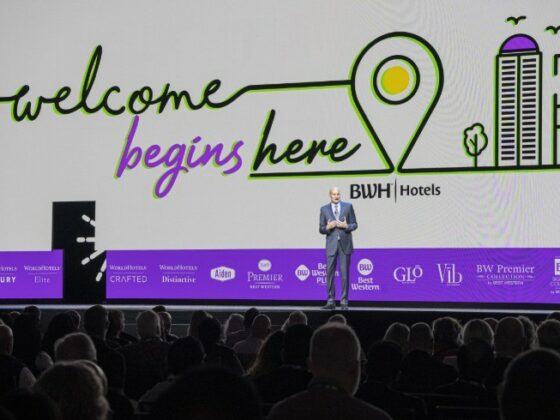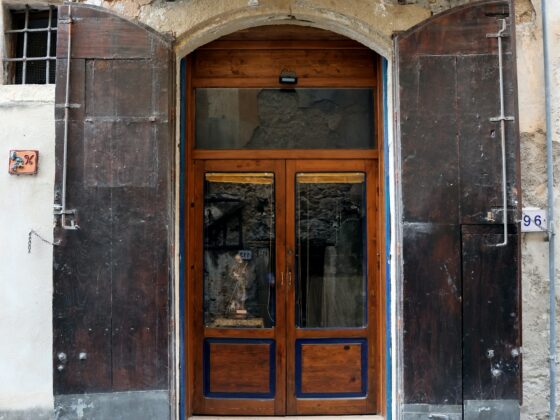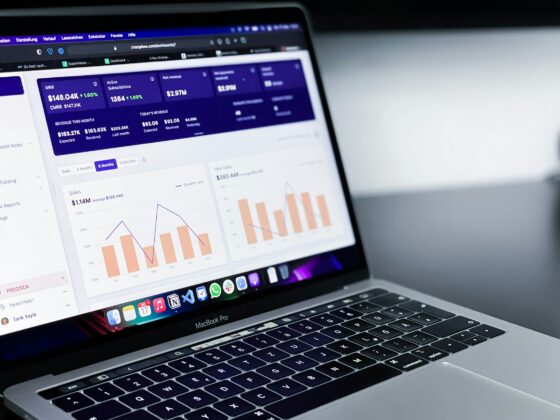
Whether it’s a quick service restaurant (QSR), hotel, casino, or another hospitality brand, they all have one thing in common: When they get it right, it’s business as usual. When they get it wrong, they risk losing business.
As a Solutions Engineer who travels frequently and, like a lot of people, is always consuming on the go, I don’t always remember when brands get it right, but I do remember when they get it wrong – whether I’m booking a hotel for business travel or ordering curbside pickup dinner for my family.
Today, brands’ customer experience scores are at an all-time low. Consumers want what they want – when they want it, and they’ll reward the brands that meet those increased expectations. This means hospitality brands must deliver consistently, every single time. Miss the mark, and your one-time customer (or even loyal returnee) could easily become someone else’s.
Thankfully, brands can improve their customer experience through personalization. Consumer data makes it easier than ever to enhance satisfaction and foster loyalty through predictive personalization.
What is predictive personalization?
Personalization is nothing new. Right now, many hospitality brands excel when it comes to consumer-driven personalization. For example, a hotel might display your name on the room TV upon arrival, a restaurant might offer a free dessert when you mark “anniversary” as your reservation purpose, or a QSR might offer you a complimentary meal based on the birthday listed in your profile. These tailored touches can go a long way in making a consumer feel valued.
However, predictive personalization takes this engagement to a whole new level. Instead of waiting on manual inputs to inform these small touches, the right data can help brands anticipate needs and craft meaningful experiences that keep consumers coming back again and again.
How can brands achieve
personalization with data?
What kind of data do they need? The tricky part is that there’s a sea of data being generated every single day, which makes it difficult for brands to know where to begin. One key question for narrowing down what’s most valuable is: How can this data be transformed into actionable insights that truly benefit consumers?
To get there, you can think through:
- Do these insights help create a seamless experience?
- Do these insights empower tailored offers and services?
- Do these insight-driven benefits meet the consumer where they are, figuratively and literally?
How can brands go from reactive personalization to predictive personalization?
Hospitality brands often leverage location data for personalization. For example:
- A hotel could send a welcome message or offer mobile check-in as soon as a guest arrives on property.
- Similarly, a QSR can send offers to consumers who live within a five-mile radius and can more conveniently stop by.
While location data provides information on where someone is at a specific point in time, another type of data, mobility data, provides insights on everything that happens between Point A and Point B. For instance, looking at driving behavior data, specifically, can reveal when, where, and how often consumers are traveling. And, with consumer agreement, these insights can up-level the value exchange – taking it from reactive to predictive.
Now, personalization could look like:
- A hotel offering mobile check-in to guests when they’re en route, or offering food recommendations to guests based on their travel patterns throughout the day.
- A QSR leveraging consumers’ mobility data to curate relevant, personalized offers at the right time. For instance, offering a deal on coffee to those who frequently pass by their location in the morning while offering a kid’s meal discount to those who pass by in between after-school pickup and home.
How can brands meet consumers where they are?
One important characteristic of both location and mobility data is that it can be derived via mobile phone, which is a bonus for hospitality brands and their mobile apps. With consumers spending an average of 5 hours and 1 minute per day on their phones, a mobile-first approach to engagement is the way to go for meeting consumers where they are.
With the right data-empowered benefits, brands that tap into this approach are in better shape to deliver immediate, personalized experiences based on where the consumer is, what they’re doing, and what they need next.
As for me, I have all the QSR apps on my phone – you name it. And if I have the choice between ordering food through an app versus having to log onto my computer, search for the website, and place an order, I’m going to use my phone. On the other hand, as someone who travels often for business, I would rather check in to a hotel on my phone. However, the experience isn’t quite there yet. So, for now, I’m going to the front desk, potentially waiting in a line, and having someone else go through the process for me.









